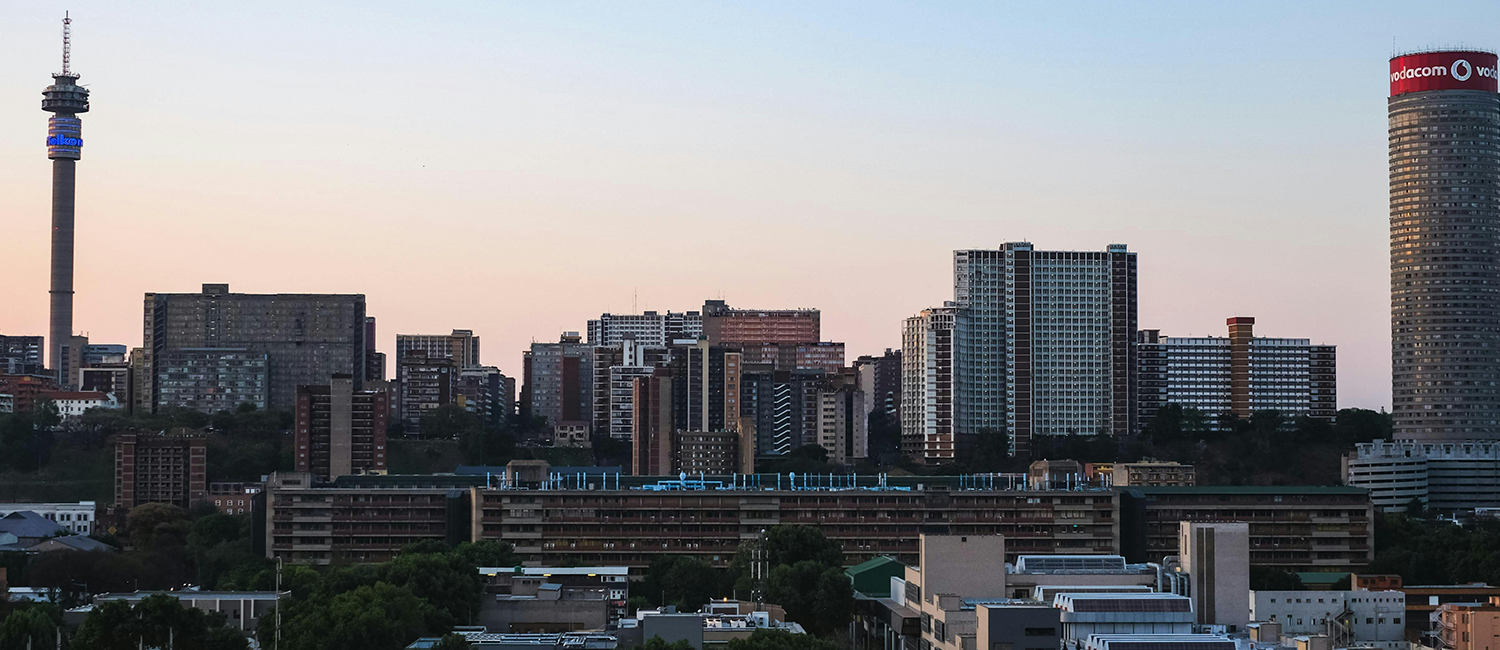The Blue Plaque programme charts Johannesburg’s remarkable history by highlighting iconic sites throughout the city; there are more than 100 sites sporting a blue plaque, denoting their importance in the Joburg story.
Johannesburg’s history is a colourful, chequered one; from the vibrant streets of Sophiatown, to the derelict buildings of Fietas, to the inner city’s Art Deco high rises, it is dotted with sites of political, military, social and architectural significance, and since 2003, the City of Johannesburg has been celebrating and highlighting this history through its Blue Plaque programme.
Today there are more than 100 sites across the greater Johannesburg Municipality bearing the circular blue plaques that denote their significance in the city’s unfolding story.
There are the famous, oft-visited and iconic sites; the homes of Archbishop Emeritus Desmond Tutu and Nelson Mandela on Vilakazi Street, the statue of Gandhi in central Johannesburg and the Hector Pieterson Memorial and Museum in Soweto. But there are many more spaces where Joburg’s history surfaces.
The Johannesburg Development Agency and the Department of Arts and Culture introduced a group of Gauteng tour operators to these lesser-known sites. Under the expert guidance of City of Joburg’s Erik Itzkin, the operators visited some of the city’s mining heritage sites, as well as architectural, inner city, and Soweto heritage sites.
THE INNER CITY CIRCA: 1800S TO 1900S
Beginning in central Johannesburg the tour stopped at the Langlaagte Stamp Battery at the Main Street Mall on Hollard Street. The battery went into operation at the Robinson Mine in Langlaagte in 1886, making it among the first on the Witwatersrand. At one point there were hundreds of similar mills in use in the area but it’s the history of the battery that makes for a fascinating story. In his will mine owner, Sir Joseph Robinson, ordered it buried in a slime dump where it lay hidden and forgotten until the early 30s. It was salvaged, exhibited at the 1936 Empire Exhibition and then donated to the City Council, before being moved to George Harrison Park. After a fire in 2003, it was reconstructed and moved to the mall in 2004.
Less than a hundred metres away, on the pedestrian boulevard, the lintel from Cullinan House fronts the Standard Bank Tower. The lintel is all that remains of the 1904 Leck and Emley-designed building demolished in 1966. It symbolises the city’s architectural ebb and flow, where new buildings are built on the sites of older landmark buildings, and echoed in the changing skyline as designers were influenced by trends and styles, most notably the Art Deco movement.
The J.C Cook and Cowen Art Deco masterpiece His Majesty’s Building was completed in 1945 after being delayed by the Second World War. Built as a theatre on the corner of Joubert and Commissioner streets, it was topped with crowns that lit up at night. At one time former Umkhonto we Sizwe chief of staff, Advocate Joe Slovo had his law offices in the building. Itzkin pointed out, “The theatre is still there, hidden behind one of the stores; but you can still see just how lavish and extravagant it must have been.”
Gandhi Square marks the site of Mohandas Gandhi’s law offices; the building no longer exists but in Orange Grove, previously the Orchards neighbourhood and home to the Radium Beer Hall, is a Gandhi memorial site that is just as important. The Satyagraha House is the modest home he shared with architect, Herman Kallenbach, who designed the Greek Orthodox Cathedral of Saints Constantine and Helen. Ghandi lived here between 1908 and 1909, formulating his philosophy of nonviolent struggle. The home is now run as a guesthouse by French travel company Voyageurs du Monde.
REVIVING THE CULTURE OF LOST COMMUNITIES
Cape Town’s District Six is probably the best-known community destroyed by the Group Areas Act, but there are thousands of communities just like it across the country. Johannesburg’s Pageview, better known as Fietas, was once a vibrant merchant neighbourhood that drew shoppers from across the city. Salma Patel, a Fietas resident, has turned the last original building into a museum celebrating the suburb’s people and culture. She says, “This is more than a building to me. My parents were married upstairs and I grew up on these streets. It is important to me that we celebrate the community that was destroyed here.”
A HISTORY OF RESISTANCE
As the tour moved out of the inner city to Soweto, the plaques celebrate Johannesburg’s history of resistance to the apartheid government. Orlando has its share of famous sites; just up the street from the Mandela and Tutu homes on Vilakazi Street is one of the newest plaques in the June 16th Trail. Unveiled at the entrance to Phefeni Junior School on 16 June 2012, it celebrates the bravery of the school’s pupils, who protested the adoption of Afrikaans as a medium of instruction in schools in 1976. There are more famous schools on the June 16th Trail but it was at Phefeni that the boycotts began. Its pupils were among the first to be teargased and fired upon by the police.
Winding down, the tour stopped at the home of James Mpanza, often called the Father of Soweto. Mpanza’s Sofasonke Party urged dispossessed residents of Soweto to claim government and mining company land to build houses. Sofasonke Township eventually grew from the cramped surrounds in Orlando East into a self-governing settlement of 20 000 people. Thshenolo Mokhele, chairman of the James Mpanza Legacy Foundation, pointed out that James Mpanza House was also where local football club Orlando Pirates was founded.
The Blue Plaque tour celebrates Johannesburg, with its rich history of destruction and renewal, where the old feeds the new and historical moments bisect. It is a history the programme continues to protect, publicise and help residents and visitors experience.

